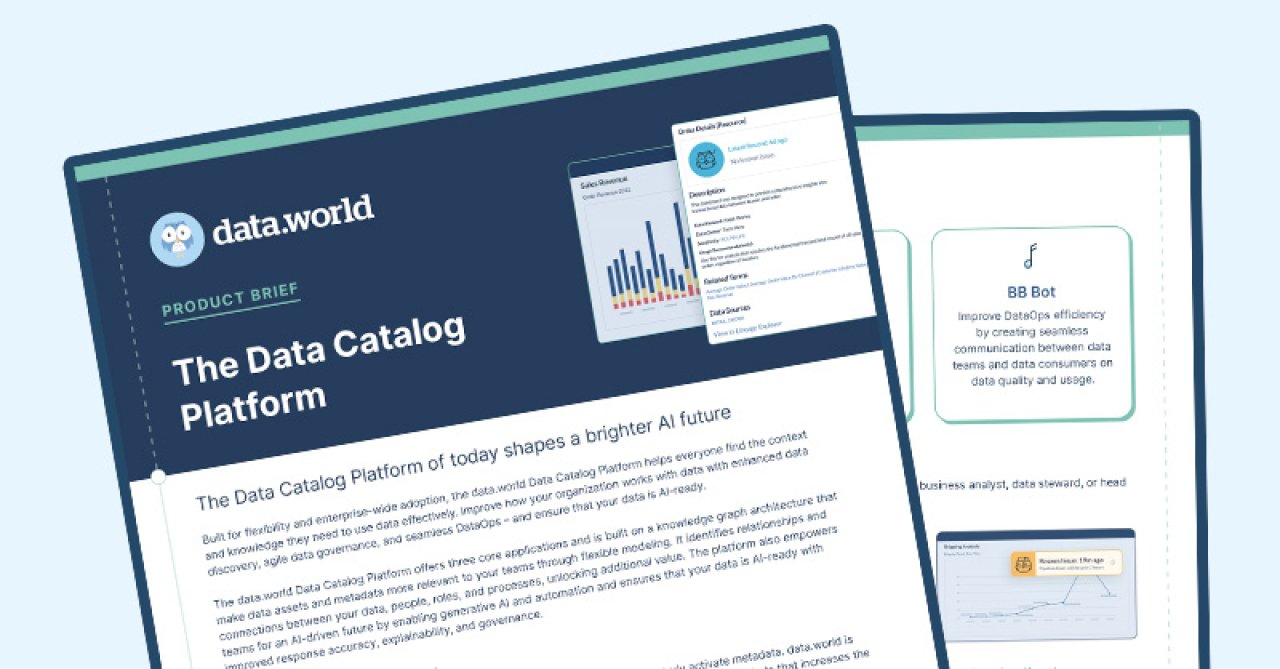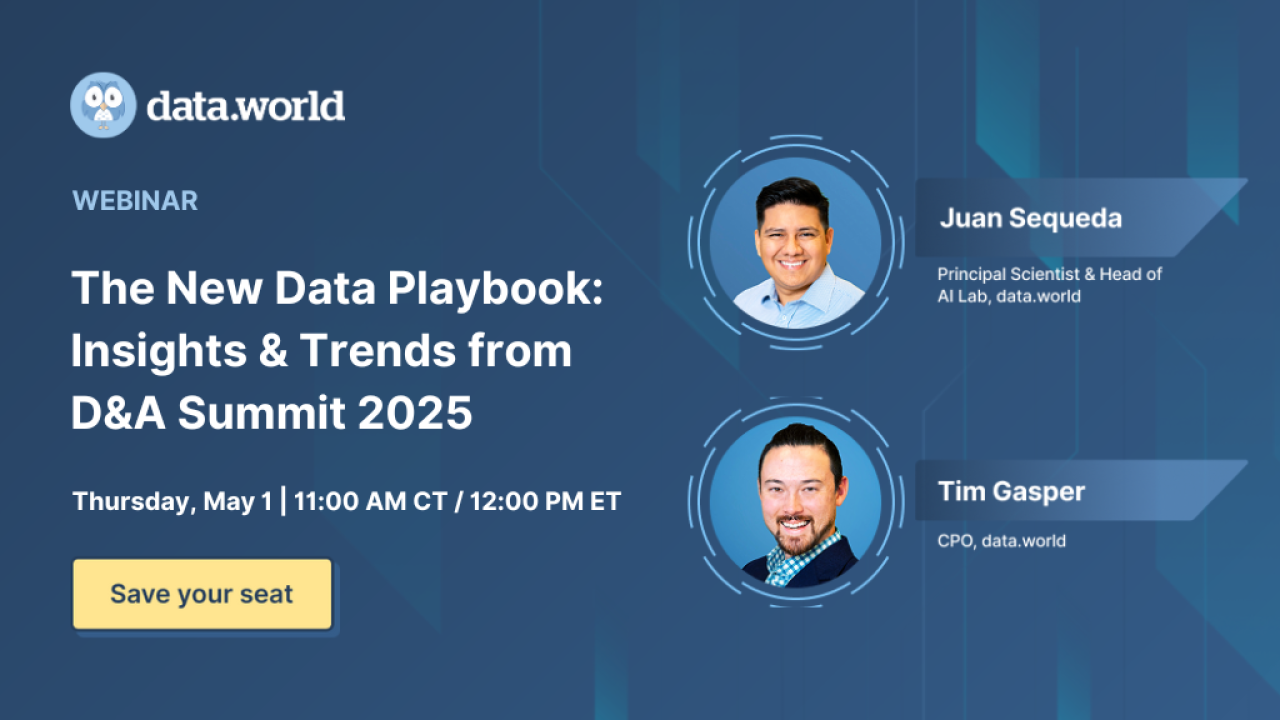























Sep 27, 2023

Hilary Mayes
Social Impact Lead

Once you’ve developed your problem statement and have assessed potential stakeholders who can come alongside and support, the next step in developing a social impact data project is building out a full project outline.
A project outline helps to build upon the problem statement to shape the project in its entirety, including methodology, tools and resources, outreach and dissemination plans, and timelines.
There are eight parts to an effective project outline:
Executive Summary: The project introduction and overview, including what the project is about along with any relevant background. Think of this as your ‘elevator pitch’ for the project - a brief, high level description of the project you’re proposing.
Business Objective: This is where you’re 'making the case' for the project at hand - what is the problem this project will solve. This is also an opportunity to speak to the goals of the project and what you hope to accomplish or achieve.
Project Scope: The project scope allows you to provide details as to the specific activities to activate the project. This might be referencing data you intend to collect or use, methodology, how you intend to conduct the research, etc.
Outcomes & Deliverables: One of the most important pieces of a project outline is defining the concrete metrics for success and the intended deliverables. Use this space to speak to the desired outcomes of the project and share any defined metrics where possible. This is also a spot to break down the elements of the final project and what you intend to produce (reports, informational materials, dashboards, visuals, etc). This is also an opportunity to think through the communication and dissemination process for the project, including communications plan and thought leadership opportunities (potential speaking engagements, press release, blog posts, etc).
Constraints and Risks: Every project will have challenges and roadblocks, and this is an opportunity to think through in advance what those may be. Identifying any potential risks, constraints, or assumptions that could impact project execution or timeline will allow you to solve any issues early on.
Audience: Who is the intended audience of the project? This is likely more groups or individuals than you would anticipate. To help identify the audience, think through: who will benefit from the outcomes and results of the project, who would benefit from the defined problem being solved, and who is also trying to solve the problem.
Project Team/Stakeholders: In our last post, we talked about the different stakeholders involved in the project. This provides an opportunity to really define those stakeholders and the specific and unique role they play in executing the project.
Timeline: Projected timeframe for the overall project.
We’ve walked through defining the problem statement, identifying the stakeholders and now building an effective project outline. You now have the tools and pre-work established to begin project execution and are on your way to developing an impactful open data impact project!
If you’re interested in learning more about the Social Impact work we’re doing at data.world and would like to collaborate, please send us an email at community@data.world.

Once you’ve developed your problem statement and have assessed potential stakeholders who can come alongside and support, the next step in developing a social impact data project is building out a full project outline.
A project outline helps to build upon the problem statement to shape the project in its entirety, including methodology, tools and resources, outreach and dissemination plans, and timelines.
There are eight parts to an effective project outline:
Executive Summary: The project introduction and overview, including what the project is about along with any relevant background. Think of this as your ‘elevator pitch’ for the project - a brief, high level description of the project you’re proposing.
Business Objective: This is where you’re 'making the case' for the project at hand - what is the problem this project will solve. This is also an opportunity to speak to the goals of the project and what you hope to accomplish or achieve.
Project Scope: The project scope allows you to provide details as to the specific activities to activate the project. This might be referencing data you intend to collect or use, methodology, how you intend to conduct the research, etc.
Outcomes & Deliverables: One of the most important pieces of a project outline is defining the concrete metrics for success and the intended deliverables. Use this space to speak to the desired outcomes of the project and share any defined metrics where possible. This is also a spot to break down the elements of the final project and what you intend to produce (reports, informational materials, dashboards, visuals, etc). This is also an opportunity to think through the communication and dissemination process for the project, including communications plan and thought leadership opportunities (potential speaking engagements, press release, blog posts, etc).
Constraints and Risks: Every project will have challenges and roadblocks, and this is an opportunity to think through in advance what those may be. Identifying any potential risks, constraints, or assumptions that could impact project execution or timeline will allow you to solve any issues early on.
Audience: Who is the intended audience of the project? This is likely more groups or individuals than you would anticipate. To help identify the audience, think through: who will benefit from the outcomes and results of the project, who would benefit from the defined problem being solved, and who is also trying to solve the problem.
Project Team/Stakeholders: In our last post, we talked about the different stakeholders involved in the project. This provides an opportunity to really define those stakeholders and the specific and unique role they play in executing the project.
Timeline: Projected timeframe for the overall project.
We’ve walked through defining the problem statement, identifying the stakeholders and now building an effective project outline. You now have the tools and pre-work established to begin project execution and are on your way to developing an impactful open data impact project!
If you’re interested in learning more about the Social Impact work we’re doing at data.world and would like to collaborate, please send us an email at community@data.world.
Get the best practices, insights, upcoming events & learn about data.world products.